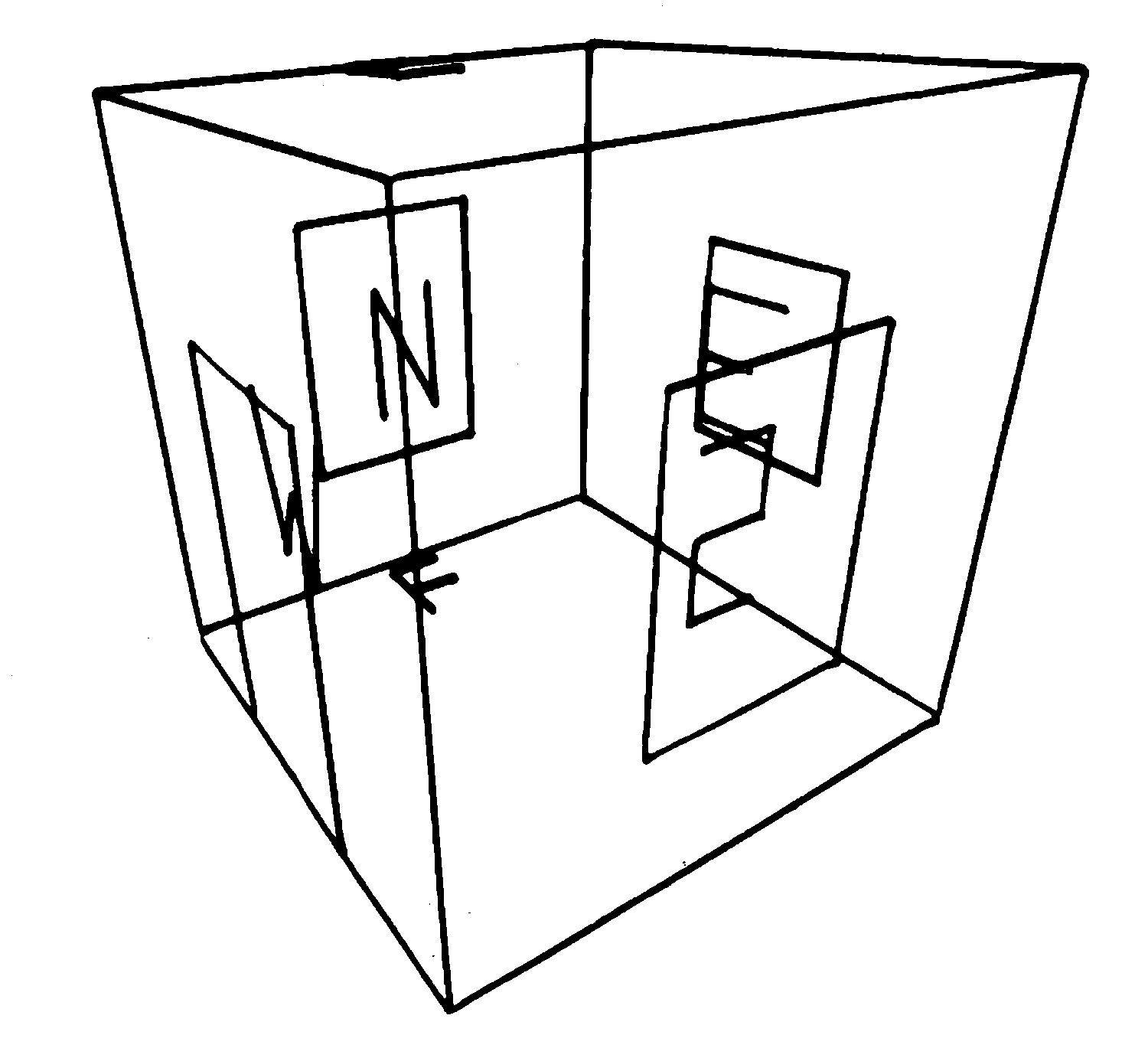Three-dimensional (3-D) interfaces are in a class of their own within the vast family of interfaces.11 In this article, I differentiate between 3-D interfaces (representations), and 3-D interactions, such as the gestural interactions featured in the film Minority Report (2002), since the two do not necessarily go hand in hand. Three-dimensional interfaces require interactivity, as opposed to 2-D interfaces; however it is possible to navigate within 3-D spaces through interactive 2-D devices, such as a mouse. Over the past decades, in some areas, such as video games, they have become omnipresent, and most of us are now used to navigating within immense modeled landscapes. Nevertheless, they remain strangely absent in other digital domains, particularly in software and data handling and visualization applications. As a result, there is a wide gap between the positions these interfaces occupy today. On the one hand, they are perceived as an archetype of the future, and, on the other, they are relatively scarce in our daily digital lives.
3D: the Perennial Future of Interfaces
It is easy to suppose that 3-D interfaces were developed after 2-D interfaces, which would explain their lack of maturity, as well as the fact that they have not yet been integrated into every domain. However, the ability to interact with objects in a 3-D space has been one of the oldest dreams of HCI (human-computer interaction) researchers, and the history of these interfaces can be traced back almost as far as those of 2D. As early as 1968, Ivan Sutherland at MIT came up with a virtual reality device, a binocular head-mounted display that enabled a person to change their point of view in a 3-D wireframe simply by turning their head.22 Ivan Sutherland, “A Head-Mounted Three-Dimensional Display,” Proceedings of the Fall Joint Computer Conference, (New York: ACM, 1968), 757–764.  This was a mere five years after his having created Sketchpad, the very first graphic interface.
This was a mere five years after his having created Sketchpad, the very first graphic interface.
In order to understand what makes 3-D interfaces the perennial interface of the future, one must begin by examining other hypotheses. According to media studies researchers Christian Ulrik Andersen and Søren Pold: “There is a general tendency to develop technology in the light of cultural utopias.”33 Christian Ulrik Andersen and Søren Pold, “Interface Mythologies—Xanadu Unraveled,” Interface Critique, 1 (2018). These utopias should be examined, especially in the light of the apparent contemporary renaissance of 3-D interfaces. Firstly, they are se…